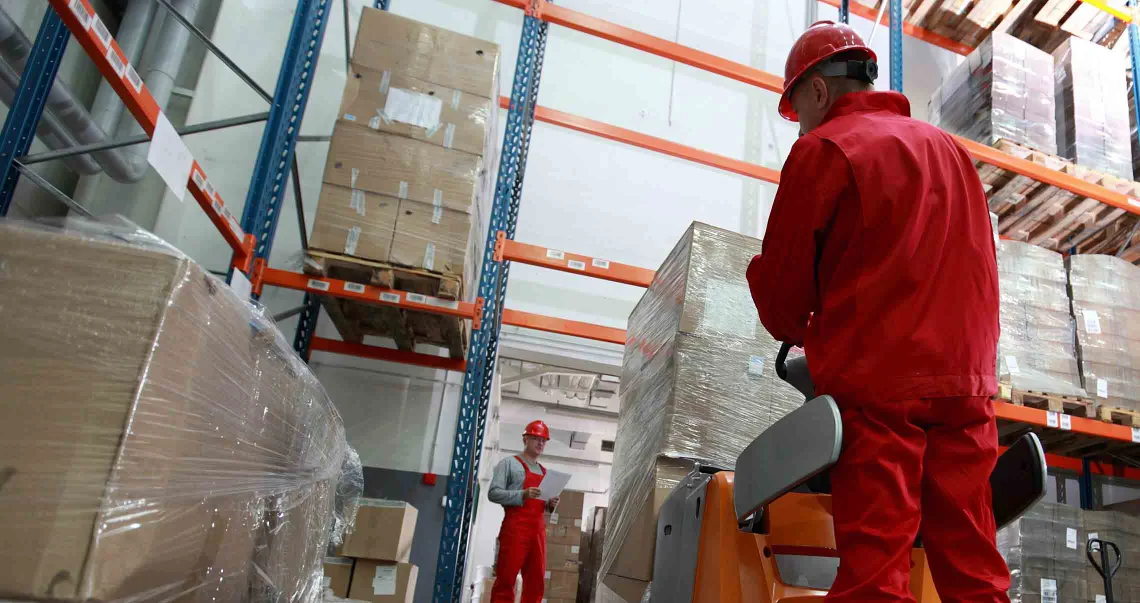Digital banking for business
Seamlessly access all of your accounts from one place with First Citizens Digital Banking for business.
The influx of worldwide supply chain disruptions beginning in the early 2020s forced many manufacturers and distributers to focus on supply chain resilience as part of their ongoing strategies.

These disruptions negatively affected economies, flights and trucking fleets, which decimated trade volumes and revenues. Within the supply chain and logistics industry, connections and existing relationships were put to the test. With the latest worldwide software outage behind us, many are left asking, "What's next?"
Many companies are now exploring business models rooted in supply chain resilience. This represents a dramatic departure from the efficiency-focused models they'd fine-tuned for years. Given the realities of today's world, you may be weighing the pros and cons of a similar shift. You might find that allowing for the costs and other financial considerations of a revised business model may prove to be beneficial to your bottom line.
As the world has grown more interconnected, companies have typically prioritized efficiency, especially in manufacturing. Overseas manufacturers usually offer significant savings over domestic suppliers. They can also help streamline transportation, which may ease concerns over lead times and potential delays in assembly and finishing processes. The efficient approach is usually beneficial for fast-moving industries with short product life cycles. This methodology is referred to as the Just-In-Time, or JIT, method.
The potential problem with JIT is that it's prone to breaking down when a disruption idles production, transport and delivery systems. The Institute for Supply Management found that within the first few weeks of the COVID-19 outbreak, almost 75% of companies had already dealt with transportation-related supply chain disruptions.
Conversely, a resilient supply chain designed with redundancies can buffer your business from shocks down the line. This kind of thinking is known as the Just-In-Case method, or JIC. Instead of a single source for a critical part or component, you can use multiple distributors located in different parts of the world. And by leveraging your primary suppliers' key partners, you can maintain a much better picture of the production flow.
Should a work stoppage—due to natural or human-made causes—strike any of the businesses in the supply chain, the redundancies and knowledge allow you to modify your flow of goods on the fly to smooth out the process.
Admittedly, smoothing out a production process with supply chain resilience can be more costly. Multiple sources can reduce your ability to control expenses with any single supplier, and you'll likely need to tie up some capital with higher inventory levels. Besides, while local and regional suppliers offer closer proximity, they tend to charge more.
Other expenses inherent in a redundant business model include:
Without knowing how long a future crisis will endure, it's difficult to say just how much cash flow an operation should dedicate to supply chain resilience efforts and strategies. The frequency of crises suggests that any plan—or a JIC plan—is better than none, and the benefits of a long-term strategy far outweigh a JIT method.
While the upfront expenses of supply chain resilience are higher than in an efficiency model, companies can often recoup these costs through more successful long-term operations. By implementing safety valves and pivot points in your supply chain, you're better protecting your business from future stoppages in an increasingly volatile marketplace. This can translate into reducing drop-offs in revenues, profits and customer satisfaction.
Supply chain resilience thrives with effective management and oversight. Many organizations have found success with steps such as:
As with all elements of your business, careful financial management is at the heart of your company's ability to adapt quickly and effectively to an ever-shifting landscape. By investing smartly in a resilient supply chain, you're equipping your business and employees with the tools and processes they need to navigate an uncertain economic environment into the future.
Email Us
Please select the option that best matches your needs.
Customers with account-related questions who aren't enrolled in Digital Banking or who would prefer to talk with someone can call us directly.